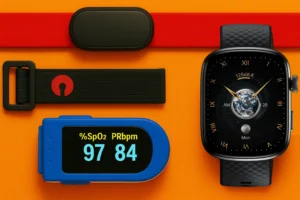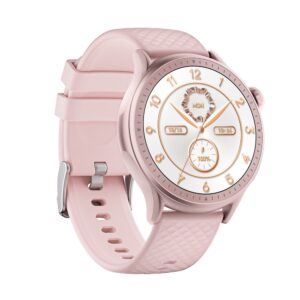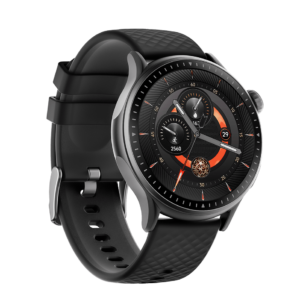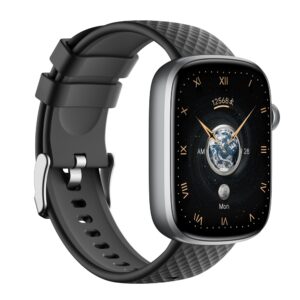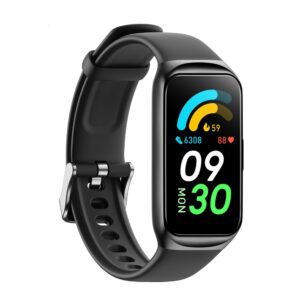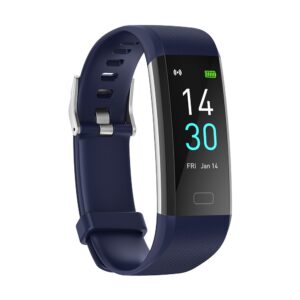In a world driven by technological advancements, the traditional watch industry finds itself at the cusp of a transformative era. The emergence of smartwatches has completely revolutionized the timekeeping landscape, presenting consumers with a harmonious fusion of fashion, functionality, and convenience. Although this transformative era appears intimidating, it is both a challenge and an opportunity for classic watch merchants and makers.
In this blog post, we will delve into the experiences and considerations that classic watch dealers and manufacturers encounter when venturing into the smartwatch business, with the aim of providing valuable insights and practical knowledge.
Challenges for Classic Watch Dealers
As classic watch makers and dealers step into the realm of smartwatches, they are faced with a series of challenges. Smartwatches threaten to cannibalize the sales of traditional watches, especially in the low-end and mid-range segments, where consumers may prefer to buy a multifunctional device that can do more than just tell the time. In this section, we will explore the obstacles they encounter, from keeping up with the rapid smartwatch innovation to competing with online platforms and tech giants.
Keeping Pace with Innovation and Product Cycles
The smartwatch industry is characterized by continuous innovation and evolving product cycles. Therefore, one of the major challenges for traditional watch dealers is keeping up with the rapid innovation and product cycles within the smartwatch industry. Unlike classic watches, which can last for years or even decades without becoming obsolete, smartwatches continue to advance in technology, features, design, and compatibility.
For traditional watch dealers, staying informed about these rapid changes is crucial. Classic watch manufacturers and merchants have to invest time and resources in continuously updating their knowledge, inventory, marketing strategies, and staff training to keep up with the latest trends and developments in the smartwatch market.
Competition from Online Platforms and Tech Giants
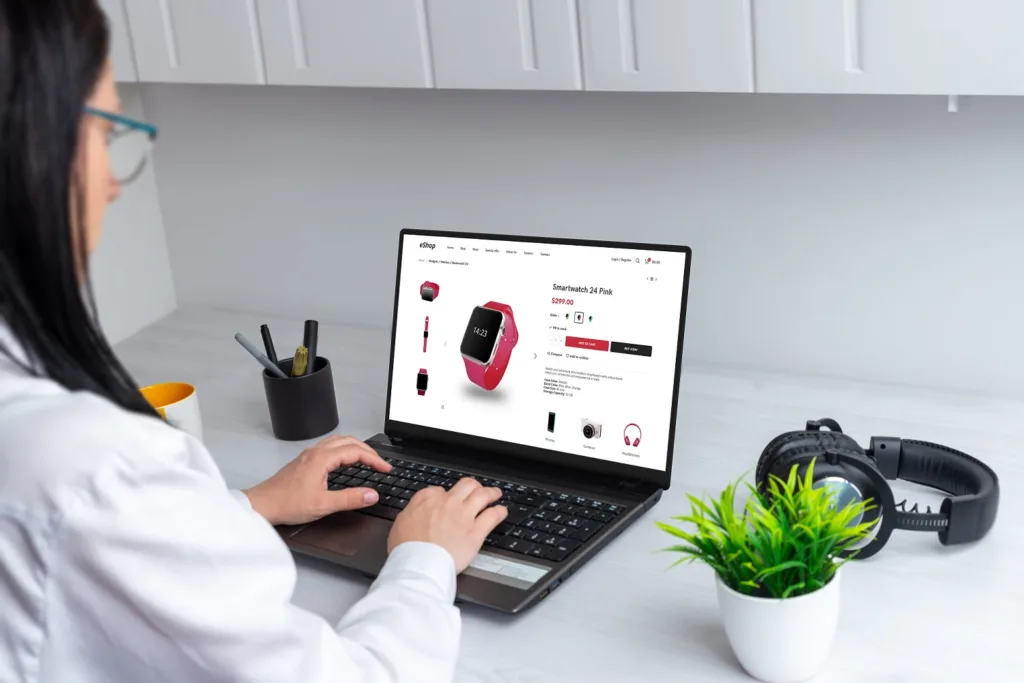
The presence of online platforms and tech giants adds to the challenges faced by traditional watch dealers. Companies like Apple, Samsung, and Huawei have strong brands, loyal customer bases, and extensive distribution channels, giving them a competitive advantage. Moreover, online platforms like Amazon and Alibaba offer diverse smartwatch options from various brands, often at competitive prices, along with convenient delivery and return experiences.
Moreover, they need to adapt their marketing strategies to reach out to new customer segments, such as millennials and tech-savvy consumers, who may have different preferences and expectations from traditional watch buyers. This intense competition poses a challenge for traditional watch sellers and dealers to differentiate themselves and capture a significant market share.
Opportunities for Classic Watch Dealers
In the modern era, traditional watch dealers often face the challenge of adapting to the changing preferences and needs of their customers. So, can classic watch dealers do smartwatch business? The answer is YES. While the smartwatch market is booming, it does not diminish the competitiveness of classic watches dealers and manufacturers. On the contrary, there are several opportunities for traditional watch dealers to capitalize on the growing interest in wearable technology and offer their customers innovative and attractive products.
Smart Watches as Complementary Products
The increasing demand for smartwatches presents a significant opportunity for traditional watch manufacturers and sellers. They should position smartwatches as complementary products that enhance customers’ lifestyles, rather than direct replacements that compete with their core products.
Luxury watches consumers highly value the craftsmanship, design, and heritage associated with traditional timepieces. Leveraging their strong relationships with existing customers and brand reputation, traditional watch dealers can tap into this opportunity by offering smartwatches that perfectly match their customers’ preferences and styles. By doing so, they can expand their product range and create a differentiated value proposition, leading to increased customer loyalty and retention.
Rising Demand for Hybrid Watches
Hybrid watches have exploded in popularity in recent years, merging classic design elements with modern-day functionality. Renowned brands like Withings, Garmin, and Fossil have introduced their own hybrid watches, with longer battery life and lower maintenance costs than pure smartwatches. Appealing to consumers who want elegance and functionality, these watches offer an exceptional opportunity for traditional watch dealers to cater to diverse customers seeking sophistication and practicality in one package.
Personalized Shopping Experiences and After-Sales Support

Traditional watch dealers excel with personalized shopping experiences in their physical stores, allowing customers to try on themselves before buying. Valuable after-sales services like battery replacements and warranty repairs further enhance customer trust, thus giving them a competitive advantage over online platforms in maintaining customer loyalty.
Expand Sales and Marketing Channels
A key opportunity for traditional watch dealers is to broaden sales and reach a wider customer base by integrating online channels and e-commerce alongside physical stores. This provides convenience and accessibility for online shoppers and allows dealers to reach new markets beyond their physical locations. Moreover, leveraging technology-driven digital marketing strategies can engage tech-savvy audiences and drive growth in the dynamic watch market.
Tips and Best Practices for Classic Watch Dealers
To thrive in the face of challenges, traditional watch dealers should leverage their expertise in the watch industry to become trusted advisors in the smartwatch market. Emphasizing personalized customer service and creating memorable shopping experiences in their physical stores can further enhance their competitive edge, while offering exclusive smartwatch products that cater to customers’ unique preferences.
For traditional watch dealers aiming to enter the smartwatch market successfully, here are some helpful tips and best practices to consider:
1. Choose Your Target Market Segment:
Identify your ideal customer profile by considering factors such as age, income, lifestyle, preferences, and needs. Tailor your smartwatch offerings accordingly to meet the specific requirements of your target audience. For instance, if your store primarily caters to young, active professionals, focus on smartwatches like Starmax’s GTS5 smartwatch with advanced fitness tracking and productivity features to meet their needs, such as Bluetooth calling and event reminders.
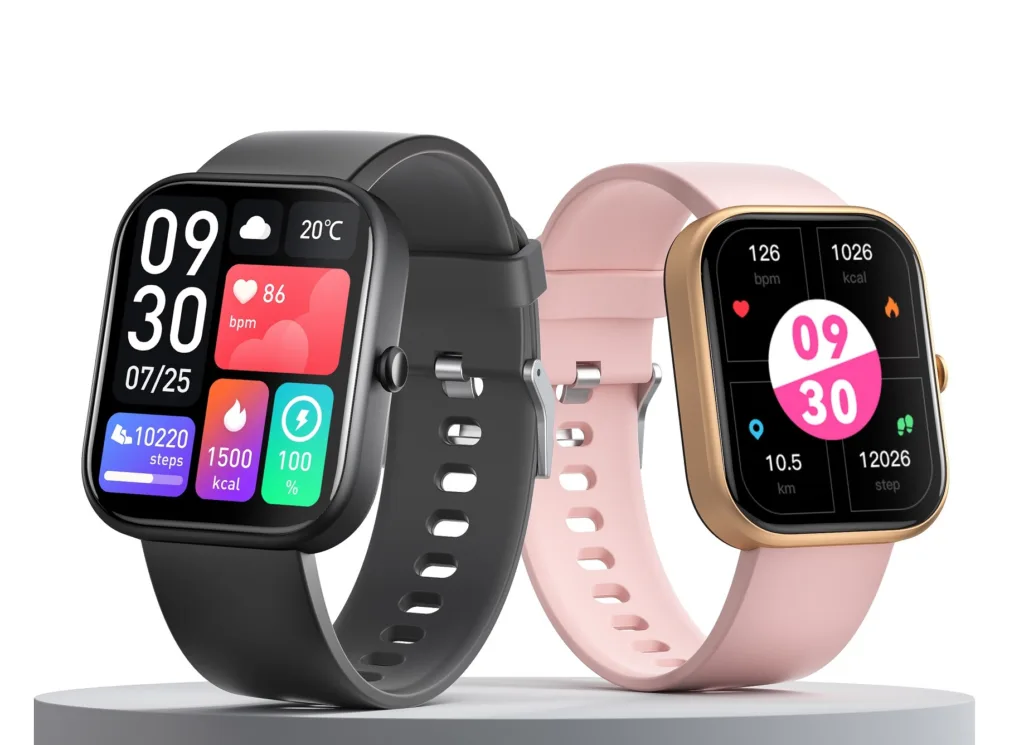
2. Select Smartwatch Brands:
Choose brands that align with your store’s existing brand image and customer expectations. Look for smartwatch brands that resonate with your values, vision, style, and quality standards to ensure a seamless fit into your portfolio. For example, if your store prides itself on offering luxury timepieces, consider partnering with popular luxury smartwatch brands or reliable OEM smart wearable manufacturers like Starmax, blending high-end materials and craftsmanship with smart functionalities to appeal to your upscale clientele.

3. Curate Your Smartwatch Collection:
Carefully curate your collection by choosing smartwatch models that complement your traditional watch selection. Offer models with unique features that appeal to your target market segment while fitting within your budget and store environment. If your traditional watch collection showcases classic elegance, choose hybrid smartwatches that seamlessly blend traditional design with smart features, providing a natural transition for your customers.
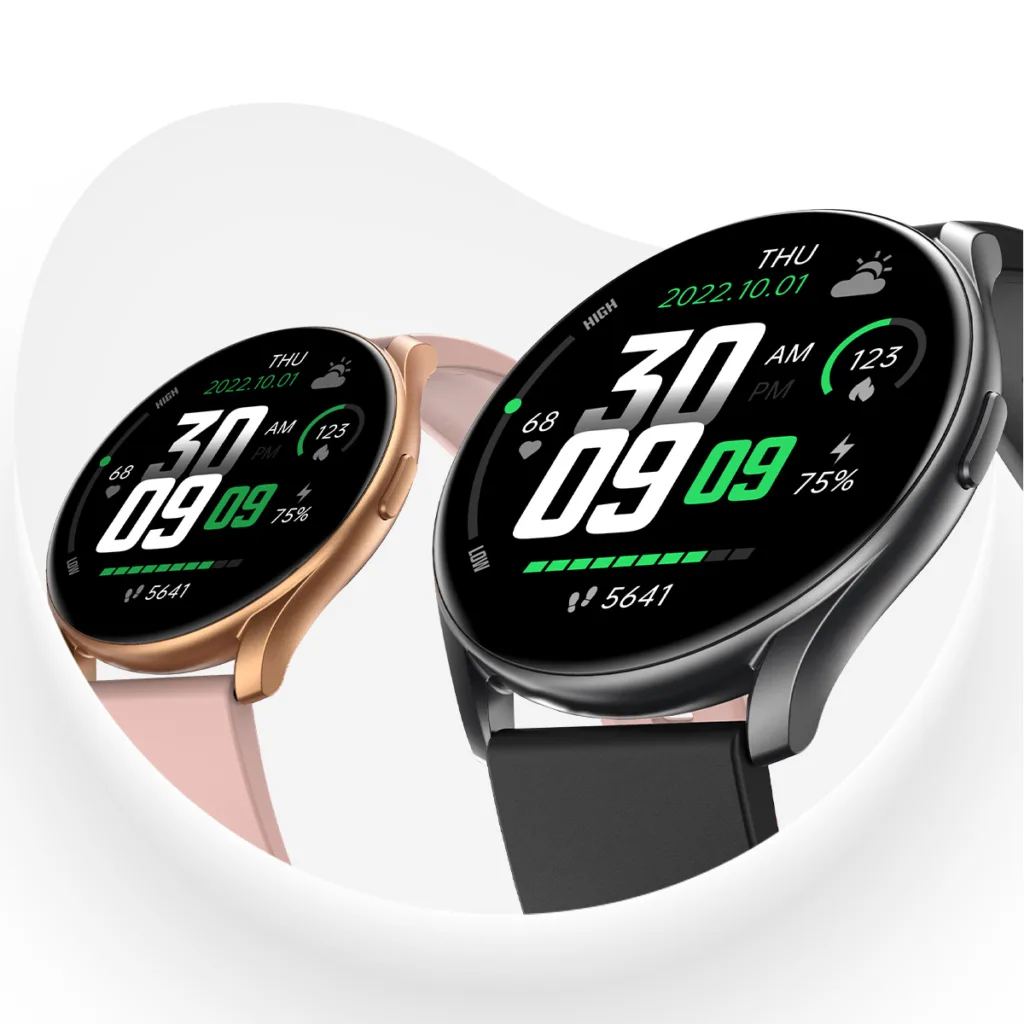
The Starmax GTR1 smartwatch is an excellent option for you, offering a classic round screen with a technical look. It boasts diverse features such as heart rate and blood oxygen monitoring, daily activity tracking, and 100 sports modes.
4. Promote Your Smartwatch Business:
Utilize various marketing channels and tactics to raise awareness about your smartwatch offerings. You can leverage social media platforms and create engaging content, showcasing the benefits and collection of smartwatches and communicating your value proposition. Offer limited-time promotions or exclusive bundles to create a sense of excitement and urgency to drive interest and sales.
5. Train Your Staff:
Encourage your staff to wear smartwatches themselves to demonstrate their functionality and answer customer questions from firsthand experience. Organize workshops and training sessions to train them on how to demonstrate, explain, and recommend smartwatches to diverse customers. Teach them how to handle objections, close sales, and upsell related products or services for a seamless customer experience.
6. Monitor Performance and Feedback:
Continuously track and measure key performance metrics, including sales, revenue, profit, customer satisfaction, preferences, retention, and loyalty. Collect feedback from both customers and employees to identify areas for improvement and adjust your collection accordingly.
Conclusion
In summary, smartwatches offer a compelling opportunity for traditional watch dealers to diversify their product portfolio, expand their customer base, and boost revenue. However, entering the smartwatch business requires adapting to changing consumer preferences, and overcoming competition from online platforms and tech giants. By following the outlined tips and best practices, traditional watch dealers can successfully navigate the challenges, thrive in the digital age, and capitalize on the immense potential of the smartwatch industry.
If you’re interested in learning more about how to successfully integrate smartwatches into your classic watch business, please contact the Starmax Sales Team via the form below. We can offer professional guidance and assistance for your project.





